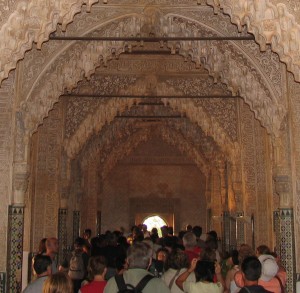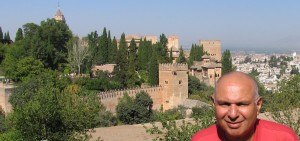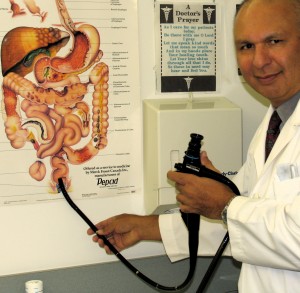“Did you know the vibrator was the fifth domestic appliance to be electrified, after the sewing machine, fan, tea kettle and toaster? It also was invented about a decade before the vacuum cleaner and electric iron. Interesting right?” asks Brad Brevet in the online review of 2011 movie Hysteria. It was posted on his website: RopeofSilicon.com.
Now you know, an electric vibrator is a domestic appliance. Next time you buy a house, check if it is included in the price.
Seriously speaking, the movie, Hysteria, is about how female hysteria led to the invention of the vibrator. It is also a tale of a Victorian doctor who co-patents – in the name of medical science – the first electro-mechanical vibrator. It is also a story of sexual repression and woman’s liberation during the Victorian time.
Then there is a play called In the Next Room (Or The Vibrator Play). The story centers around a young male doctor at the turn of the century who innocently uses a new electric vibrator to cure a female patient of her hysteria and his wife’s discoveries about the device.
A review in the Globe and Mail says, “The film and the play are the latest incarnations to cast a bemused glance back at “hysteria,” the catch-all Victorian malady that pathologized female desire and had doctors masturbating patients, first with their hands and later with rudimentary vibrators, in hopes of treating a wide variety of symptoms, from anxiety, depression and insomnia to nymphomania and frigidity – not to mention the much frowned-upon practice of reading novels.”
Hysteria was considered a “womb disease.” It was a loosely defined condition which emerged in Hippocrates’ days (c. 460 BC – c. 370 BC) and involved “anything that made the woman troublesome to those around her.”
Generally speaking, the word hysteria describes unmanageable emotional excesses. People who are “hysterical” often lose self-control due to an overwhelming fear that may be caused by multiple events in one’s past that involved some sort of severe conflict. Until the seventeenth century, hysteria referred to a medical condition thought to be particular to women and caused by disturbances of the uterus.
Symptoms of female hysteria are various. One Victorian physician cataloged 75 pages of possible symptoms of hysteria and called the list incomplete.
The treatment of female hysteria varied. One recommendation was pregnancy to cure the symptoms, ostensibly because intercourse will “moisten” the womb and facilitate blood circulation within the body. The condition was also thought to be a sexual dysfunction. Typical treatment was massage of the patient’s genitalia by the physician and, later, by vibrators or water sprays to cause orgasm.
Manual massage by physician became a standard medical treatment in Europe at least by the 5th century AD, running through about 1900. In 1883, a British doctor, Joseph Mortimer Granville, inadvertently invents the first vibrator, known as the “Granville’s Hammer.” It was intended as a muscular massage for men.
The appearance of the mechanical vibrator relieved doctors of the drudgery of performing the massage. Some manual sessions would span close to an hour and the vibrator reduced this to mere minutes.
In Hysteria, the well-to-do women visiting Dr. Mortimer Granville’s medical clinic complain of distracting thoughts and hating their husbands. His “medical treatment” – first digital and later aided by a crude vibrator when his hands go numb – sends the women into paroxysms of pleasure and pain. People did not know much about the word “orgasm” those days.
Since then the science of Psychiatry has moved on to diagnose patients better and treat them without using a mechanical vibrator. But there is a continued fascination with the antiquated diagnosis of “female hysteria.” One explanation is that people are still uncomfortable talking about sex and sexuality. It is about failure to communicate one’s desires out of embarrassment, awkwardness or because of social issues.
To be sexually empowered is to understand your own sexuality and be comfortable with it.
Start reading the preview of my book A Doctor's Journey for free on Amazon. Available on Kindle for $2.99!










